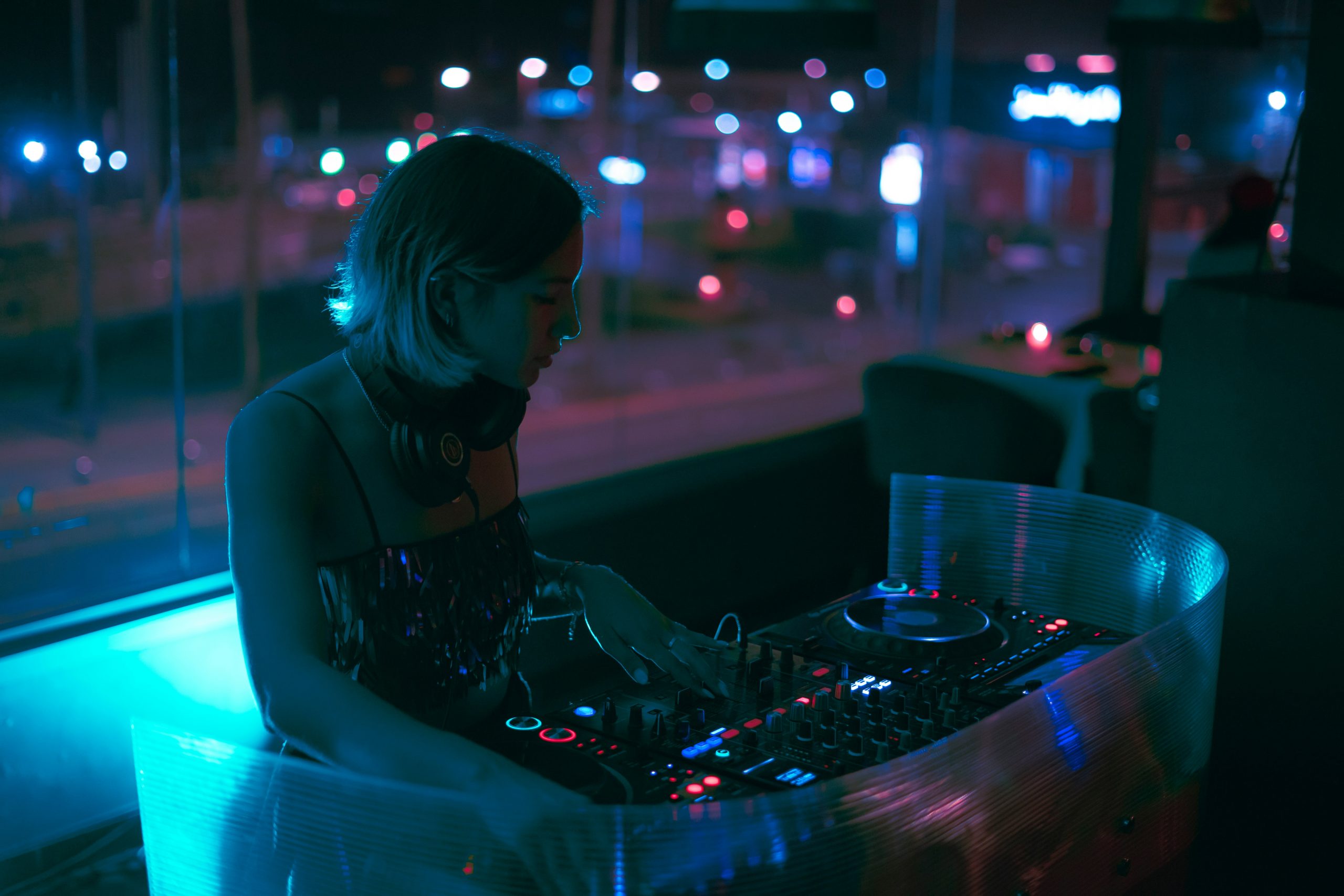The Magic of Multi-Genre Music: Breaking Boundaries in Sound
Music has always been a universal language, but in today’s world, it’s evolving faster than ever. One of the most exciting trends in music today is the rise of multi-genre music—a dynamic blend of sounds, styles, and influences that push the boundaries of traditional genres.
From pop infused with hip-hop beats to rock songs layered with electronic elements, multi-genre music is reshaping how we listen, create, and experience sound. Let’s dive into what makes multi-genre music so magical and why it’s capturing the hearts of listeners worldwide.
What is Multi-Genre Music?
Multi-genre music combines elements from two or more musical genres to create something entirely new and unique. It doesn’t follow the rules of any single genre but instead mixes sounds, rhythms, and styles from across the musical spectrum.
For example:
- Pop + Hip-Hop: Songs like Post Malone’s “Circles” seamlessly blend catchy pop melodies with hip-hop influences.
- Rock + Electronic: Artists like Imagine Dragons incorporate electronic beats into their rock anthems.
- Country + Rap: Lil Nas X’s “Old Town Road” is a groundbreaking example of fusing country storytelling with rap energy.
The result is music that’s fresh, innovative, and accessible to people who enjoy a variety of genres.
Why is Multi-Genre Music So Popular?
- Breaking Stereotypes
Multi-genre music challenges the idea that musicians or listeners have to stick to a single style. It allows artists to express themselves more freely, creating songs that appeal to a broader audience. - Diversity in Listening
In the age of streaming platforms like Spotify and YouTube, listeners are exposed to countless genres. Multi-genre music reflects this diversity, offering something for everyone. - Collaboration Across Cultures
Artists from different backgrounds often collaborate to create multi-genre tracks, blending cultural influences in the process. This not only creates fresh sounds but also helps bridge cultural gaps. - Experimentation
Technology has made it easier than ever for artists to experiment with sounds. Multi-genre music thrives on experimentation, where producers can mix and match elements to craft something groundbreaking.
Famous Multi-Genre Artists
Some of today’s biggest artists are known for their ability to seamlessly blend genres:
- Billie Eilish: Her music combines pop, alternative, and electronic styles, creating a sound that’s both haunting and relatable.
- BTS: The global K-pop phenomenon mixes pop, rap, R&B, and EDM to appeal to fans worldwide.
- The Weeknd: Blending R&B, pop, and synthwave, The Weeknd’s music brings a retro yet modern vibe.
- Avicii: The late DJ masterfully fused electronic dance music (EDM) with folk and country elements in songs like “Wake Me Up.”
Genres That Pair Well Together
Certain genres naturally complement each other, resulting in seamless blends. Here are a few popular combinations:
- Pop + R&B
Smooth vocals from R&B combined with catchy pop beats create universally appealing songs. Think Beyoncé or Justin Timberlake. - Rock + Hip-Hop
The energy of rock guitars and the rhythm of hip-hop make a powerful combo, as seen in Linkin Park and Jay-Z’s collaboration. - Country + Pop
Modern artists like Taylor Swift and Kacey Musgraves have successfully merged storytelling from country music with the mass appeal of pop. - Jazz + Electronic
Electronic jazz, also known as nu-jazz, uses improvisation and electronic elements for a futuristic yet soulful sound.
The Role of Technology in Multi-Genre Music
Technology plays a huge role in shaping multi-genre music. Tools like digital audio workstations (DAWs), synthesizers, and sampling software allow artists to experiment with sounds that were once difficult to combine.
Streaming platforms also contribute by exposing listeners to curated playlists that mix genres, encouraging them to explore outside their comfort zones.
Why Multi-Genre Music Matters
Multi-genre music isn’t just about mixing sounds—it’s about innovation and inclusivity. By blending genres, artists are breaking down barriers between different musical communities. This helps music evolve and keeps it fresh and exciting for new generations.
For listeners, multi-genre music is a reminder that labels don’t matter. Music can be anything you want it to be, as long as it connects with your emotions.
How to Explore Multi-Genre Music
If you’re curious about multi-genre music, here are some tips to get started:
- Listen to Playlists: Check out curated playlists like “Pop Goes Indie” or “Rap Meets Rock” on streaming platforms.
- Explore Collaborations: Look for songs featuring artists from different genres, such as Lady Gaga and Tony Bennett’s jazz-pop duets.
- Dive into Festivals: Multi-genre music shines at festivals like Coachella and Lollapalooza, where diverse acts share the stage.
The Future of Multi-Genre Music
As music continues to evolve, the lines between genres will blur even more. The future of multi-genre music looks bright, with artists experimenting and creating sounds that defy categorization. Whether it’s a mix of traditional and modern influences or a mash-up of global styles, multi-genre music is here to stay.
So, the next time you hear a song that feels like it doesn’t fit into one genre, embrace it—it’s the sound of the future!
What’s your favorite multi-genre song or artist? Let us know!
Photo by Zakariae Lahkim on Unsplash

